The idea that if you transform your home into a permanently tidy, clutter-free space, you will in turn transform your whole life, is the crux of this international best-seller.
This may sound pretty far-fetched, and at first, the almost mystical tone so familiar to these self-help biggies (see Oprah favourite ‘The Secret’) seems not to be trusted. But, as you proceed, the slightly spell binding, if somewhat disjointed language (blame the Japanese translation) lures you into thinking that maybe, just maybe, you’re about to discover an amazing, life-changing secret.
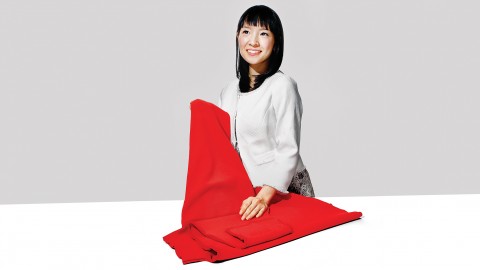
Before we go any further, we need to be frank – author Marie Kondo is a bit of a (self-proclaimed) odd ball.
As a middle child she claims her obsession with tidying evolved as a way of keeping everything in order while her parent’s attention was focused on her older, more wayward brother and her younger baby sister. Whilst her peers were hanging out at the mall and listening to the latest pop bands, she would scurry home from school and obsessively rearrange the rooms of the house, taking pleasure in the sight of a beautifully neat, colour-coded drawer.
Once she gets going with the practical tips, the recommended the order of clear out does make a lot of sense – clothes, books, papers, sentimental items. Whatever the object is, the common question she advises you to ask yourself is ‘does it bring me joy?’ She even suggests that the object in question should speak to you, making the decision for you – in short, you will just know.
Start with clothes, as these can be quite bulky (especially unloved winter woollies), so will fill bin bags quickly. Once your closet is cleared you can start to organise what’s left using her handy folding system.
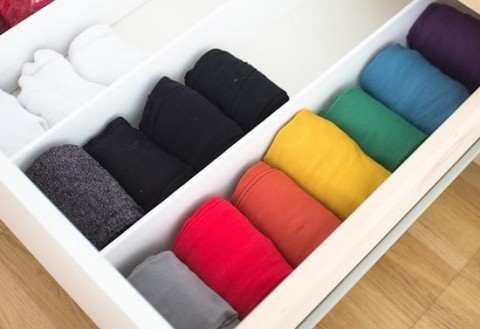
Now this is where things really do start to get a little strange. Instead of folding one sock end over another to keep them in pairs (which she says are like ‘funny little potatoes’), she advises you to fold in a pair and arrange in a drawer vertically – YES VERTICALLY. This way the pair at the bottom never has to carry the weight of the rest of the pairs – the same is said for folding and storing T-shirts and sweaters.
Having not quite fathomed this new phenomenon, YouTube was consulted for further evidence of this revelation, leaving us even more bewildered.
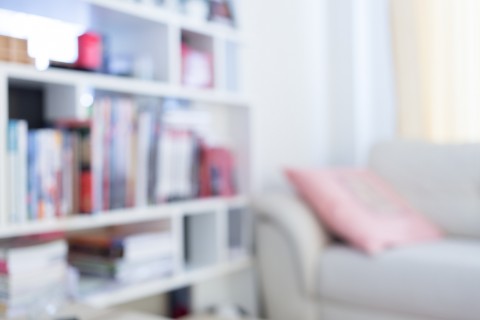
With clothes out the way, you’re free to move on to books and papers. Throwing away unread books may sound sinful, but to Kondo it’s a way of releasing yourself and the book. She suggests the book has served you just by sitting on the shelf unread, and if you’ve not read it by now you never will, which is probably true. And don’t think about passing it on to a friend, as that’s just passing the burden on to someone else – you must set the item free (again a little strange).
Now it’s time for papers, and this really is quite dull. Wading through personal admin (old bills, insurance letters and payslips) is no-one’s idea of fun, but she has a point that the majority of these docs clogging up our cupboards and filing cabinets are mostly unnecessary. Just keep the latest policy doc or bill, rather than ten years of paperwork.
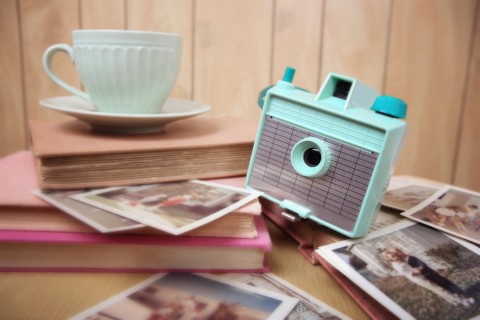
She saves the hardest for last – photos. Even the strictest minimalists could find it hard to part with old snaps. This isn’t going to be much of a problem in years to come but now, for anyone over the age of thirty at least, it’s not unusual to have boxes upon boxes of them.
Marie Kondo has a process though of course, and it does offer sensible advice – choose just three or four photos that best represent any occasion – the rest which are slightly out of focus or don’t really show where you are, bin.
While some of the ideas in the book are a bit too extreme for us, it can’t be denied that having a sort clears your head as well as your house.
But, if like us, you’re still struggling to decide on whether an item should stay or go, you could always put in a ‘maybe’ pile and box-up to put in self-storage while you decide. This allows you the breathing space you need but gives you the chance not to chuck anything you could regret later; makes sense – even if vertical folding doesn’t.
Have you had a go at Marie’s methods? What did you find hardest or were you surprised of how easily you said farewell to your clutter? Let us know!
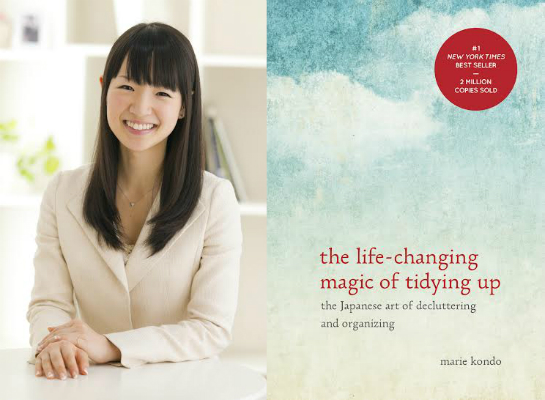



Leave a Reply